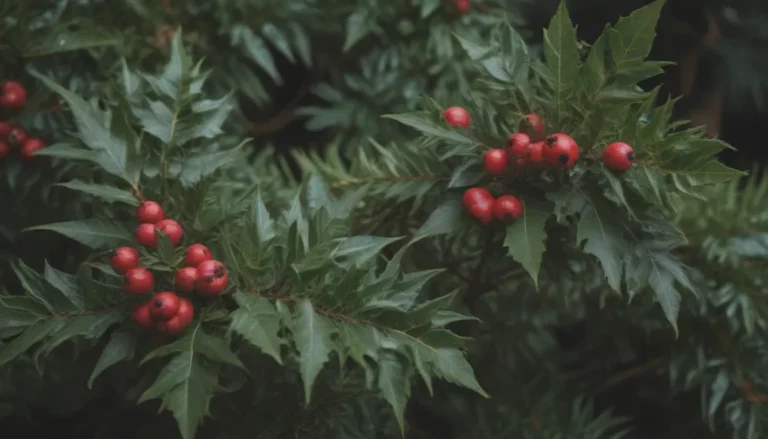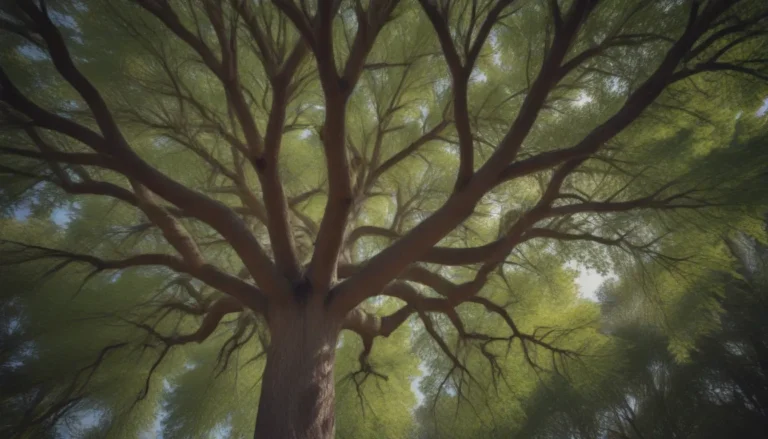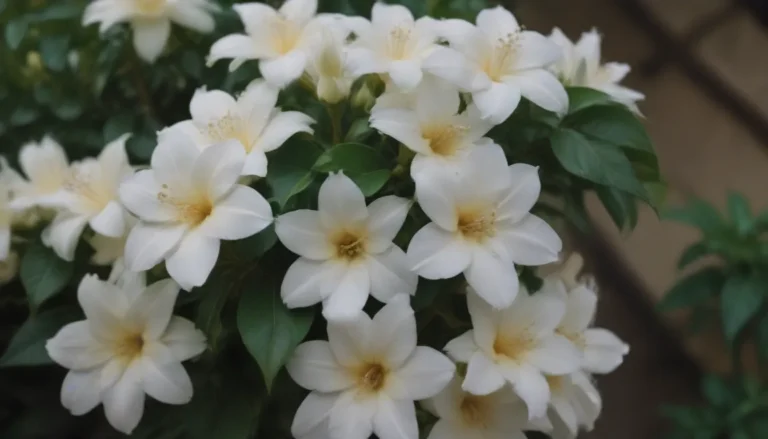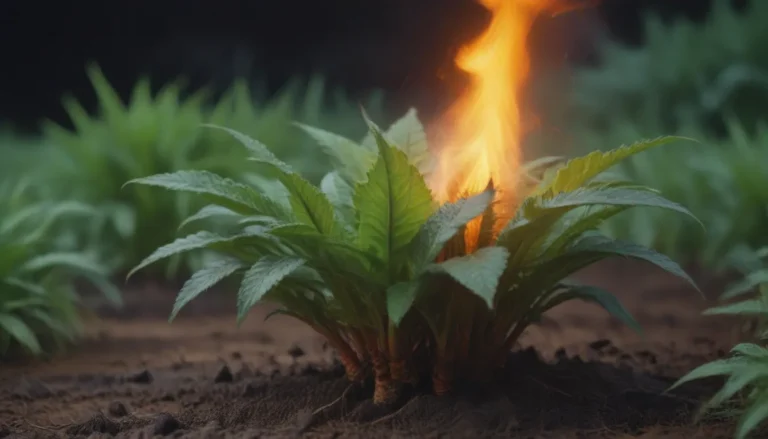Everything You Need to Know About Growing and Caring for Prairie Dropseed
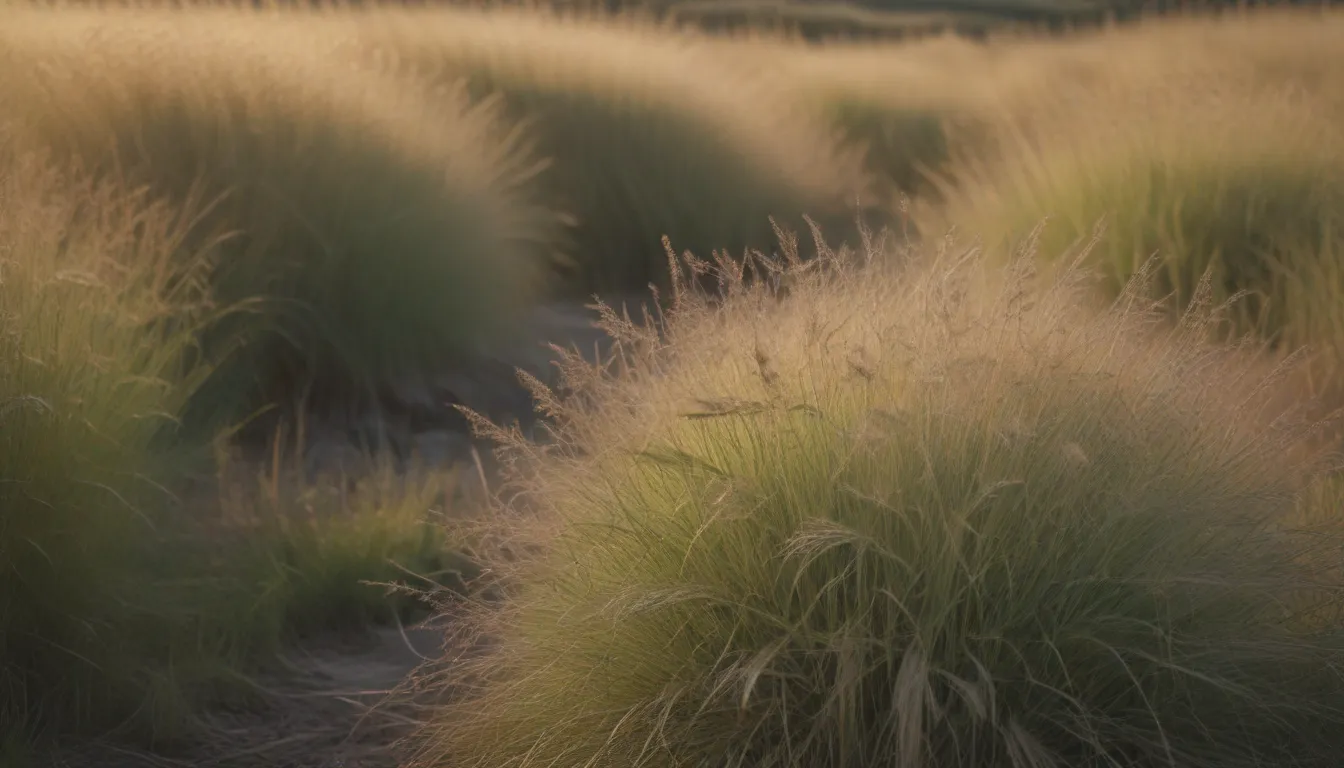
Are you looking for an attractive, low-maintenance ornamental grass that also benefits the environment? Prairie dropseed is the perfect choice! This tough and long-lived grass not only adds beauty to your garden but also helps increase biodiversity by attracting birds that feed on its seeds. Plus, prairie dropseed is an endangered species in several states, making it a crucial plant to include in your landscape.
In this comprehensive guide, we’ll cover everything you need to know about growing and caring for prairie dropseed. From planting to propagation to common pests and diseases, we’ve got you covered. So, let’s dive in and learn how to cultivate this remarkable grass in your own backyard!
Introduction to Prairie Dropseed
Prairie dropseed, scientifically known as Sporobolus heterolepis, is a stunning grass that features fine-textured, hair-like leaves and delicate pinkish-brown flowers that bloom in the summer. This grass forms clumps that remain attractive even in the winter, thanks to its golden-orange foliage that turns bronze as the temperatures drop. Prairie dropseed is usually planted from plugs or root divisions in the spring, as it is a slow-growing plant that can take up to four years to reach flowering maturity if grown from seeds.
Prairie dropseed is a low-maintenance perennial that thrives in a variety of conditions. It is well-adapted to a wide range of temperatures, from hot summers to subzero winters, and has good drought tolerance. Plus, it is not affected by black walnut trees’ chemical juglone, making it a versatile plant for different landscapes.
Prairie Dropseed Care
When it comes to caring for prairie dropseed, there are a few key factors to consider:
Light:
- Prairie dropseed prefers full sun but can tolerate partial shade.
- For optimal flowering, aim for at least six hours of direct sunlight per day.
Soil:
- Well-drained soil is essential for prairie dropseed.
- While it can tolerate a wide range of soil types, it thrives in dry, rocky soils similar to its native habitat.
- Prairie dropseed is adaptable to various soil pH levels, but it generally prefers somewhat alkaline soil.
Water:
- Prairie dropseed has good drought tolerance and does not require frequent watering.
- In areas with extended drought periods, water the grass weekly to prevent dehydration.
- Avoid overwatering, as this can harm the plant.
Temperature and Humidity:
- Prairie dropseed is resilient to a wide range of temperatures and does not require specific humidity levels.
Fertilizer:
- Prairie dropseed thrives in poor soils and typically does not need additional fertilizer.
Types of Prairie Dropseed
Prairie dropseed is available in different varieties, each with its unique characteristics:
- **Sporobolus heterolepis ‘Tara’
- **Sporobolus heterolepis ‘Morning Mist’
How to Propagate Prairie Dropseed
While prairie dropseed seeds do scatter, germination is slow and unreliable. The plant primarily propagates through its dense root system, making division the preferred method of propagation. Divide the grass every few years to rejuvenate dense clumps and promote vigorous growth.
Growing Prairie Dropseed from Seed
While prairie dropseed can take several years to flower from seed in the wild, starting indoors can expedite the process. Cold stratification and consistent moisture are key to successful seed germination. Once the seedlings are established, plant them outdoors with ample spacing to accommodate their spreading root system.
Potting and Overwintering Prairie Dropseed
Though primarily grown in the ground, prairie dropseed can thrive in containers with proper care. Use a well-draining potting mix with added sand or pumice to enhance drainage. Repot only when necessary, and protect potted plants from harsh winter conditions. Overwintering requires minimal intervention, with dead stalks being trimmed in late winter to make way for new growth.
Common Pests and Diseases
One of the benefits of growing prairie dropseed is its resistance to pests and diseases. This grass is also deer-resistant, making it a low-maintenance addition to any garden.
Enhancing Flowering and Addressing Common Problems
To promote abundant flowering, provide prairie dropseed with ample sunlight and avoid over-fertilization. Keep an eye out for bare spots in older clumps, indicating the need for division to rejuvenate growth. Remember to exercise caution in fire-prone regions, as dried grass clumps can easily ignite.
Practical Applications and Landscape Uses
Prairie dropseed is a versatile plant with numerous landscape applications:
– Perennial beds
– Wildlife gardens
– Meadow-style gardens
– Sustainable lawn alternatives
– Erosion control
This fragrant grass adds a unique touch to any garden, with its flowers emanating scents reminiscent of coriander, licorice, and roasted nuts. While prairie dropseed requires ample space to develop its root system, it is a long-lived plant that can thrive for over 20 years with proper care.
In coastal areas or regions with specific environmental conditions, consider alternative varieties like Sporobolus airoides or Sporobolus virginicus. Remember that prairie dropseed is best suited for outdoor cultivation due to its extensive root system and cold dormancy requirements.
Final Thoughts
In conclusion, prairie dropseed is a remarkable grass species that offers both aesthetic appeal and environmental benefits. By following the care tips outlined in this guide, you can successfully cultivate prairie dropseed in your own garden and enjoy its beauty for years to come. Whether you’re a seasoned gardener or a novice enthusiast, prairie dropseed is a fantastic addition to any landscape. So, roll up your sleeves, grab your gardening tools, and start growing your very own prairie dropseed today!


